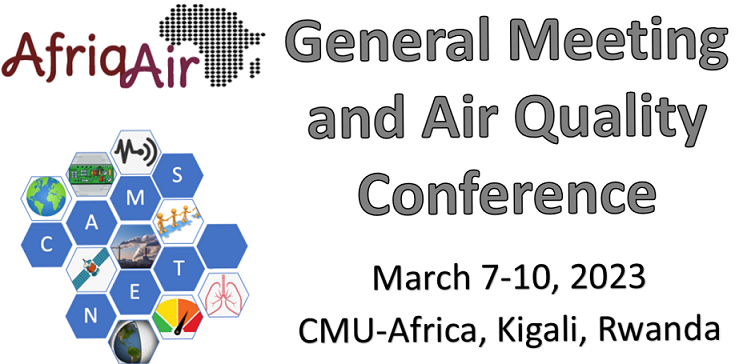Speaker
Description
My air quality monitoring activities in Nigeria involves passive, active and real-time monitoring from 2015 to date, with much attention being paid to Lagos megacity. The choice of Lagos State is necessitated by the concentration of commercial, industrial, and educational activities, consequently resulting in urbanization, overpopulation, and traffic congestion. Lagos State accounts for about 30% of all traffic in Nigeria, which is a big challenge given the limited road infrastructure and development. Also, 70% of Nigeria’s industrial and commercial activities are in the Lagos region, making it the commercial nerve center and the most populous state in the country. The population of Lagos city is increasing ten times faster than New York and Los Angeles.
One of my passive air monitoring activities in Lagos is the pilot study initiated in 2018 under the Global Atmospheric Passive Sampling (GAPS) Network named GAPS-Megacities. This study included 20 megacities/major cities across the globe with the goal of better understanding and comparing ambient air levels of persistent organic pollutants and other chemicals of emerging concern, to which humans residing in large cities are exposed.
One of my active air monitoring activities in Lagos evaluated the PM2.5 concentrations and its bound elements in Agege, Oshodi, and Unilag, Lagos, Nigeria. Aerosol samples were captured on a microglass fiber particle filter and the PM2.5 determined gravimetrically. Elemental characterizations of PM2.5 were performed by energy dispersive X-ray fluorescence. The PM2.5 concentrations ranged from 6 to 14 μg/m3 in Unilag and Agege respectively. The PM2.5 was lower than the WHO regulatory standard (25 μg/m3). This could be attributed to high precipitation during the sampling. All the 19 elements determined in the samples were found in the locations except arsenic which was not found in any of the samples.
In one of my realtime monitoring activities we used multi-temporal and multi-spectral Landsat imageries at four epochs (2002, 2013, 2015, and 2020) to evaluate the aerosol optical thickness (AOT) levels in relation to land cover and road networks in the Lagos megacity. A comparative assessment of the method against in situ measurements of particulate matters (PMs) at three different locations shows a strong positive correlation between the imagery-derived AOT values and the PMs. The AOT concentration across the land cover and road networks showed an increasing trend from 2002 to 2020, which could be explained by urbanization in the megacity.
With World Bank Pollution Management and Environmental Health (PMEH) group, our study produced the report on the “Cost of Air Pollution in Lagos” which showed that Exposure to ambient PM2.5 has significant health impacts in Lagos, costing society about US$2.1 billion, or Naira 631 billion28 in 2018.
There are a lot more studies on air quality in Nigeria but most of them are presently concentrated in Lagos, though we are gradually extending to other states.
Keyword: Air quality, Passive monitoring, Active monitoring, Realtime monitoring, Lagos, Nigeria

